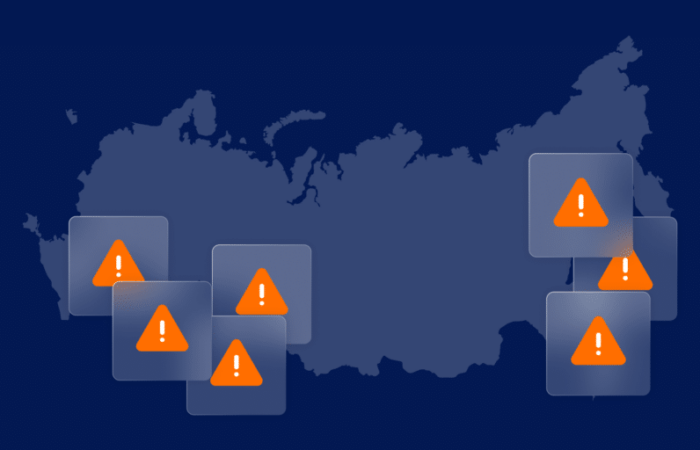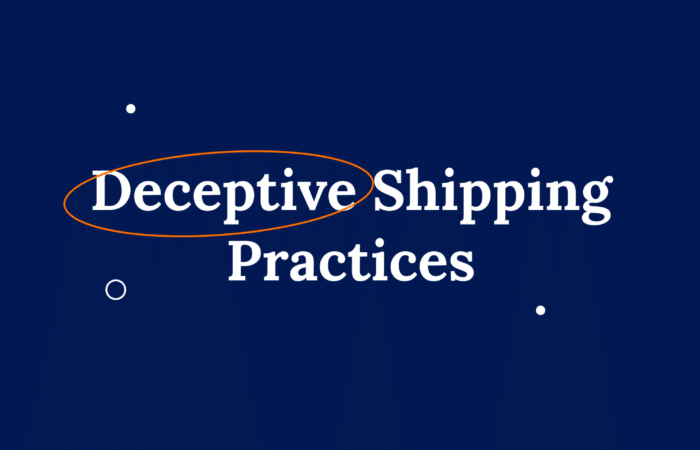What’s inside?
In the world of sanctions, all eyes are on oil tankers. But LPG (liquified petroleum gas) tankers are also a prime target for bad actors.
According to Bloomberg, the energy market in Asia is driving new demand for alternatives to natural gas. And they’re willing to pay top dollar. As a result, LPG purchases – including propane and butane, are expected to pick up. But due to tighter supplies, prices are hiking to unprecedented levels. What does this mean? As long as a certain market is booming, bad actors are never far behind.
A recent report by Lloyd’s List stated that LPG cargoes have been largely going under the radar. But what’s the full story? The NGO, United Against Nuclear Iran (UANI), named three LPG carriers involved in deceptive practices – the Ganesha (IMO: 8519966), Fortuna (IMO: 9113379), and Venus 7 (IMO: 9007386). Are there more vessels doing the same? We took a look at our data to understand what this could mean for compliance professionals.
What’s the deal with LPG tanker risk?
There are currently 72 sanctioned crude tankers. In comparison, in our system there are 7 sanctioned LPG tankers. Does that mean that LPG tanker risk should be disregarded? Not at all. When looking at the sanctioned regimes related to these vessels, like Iran and Venezuela- it’s hard to simply turn a blind eye. There are currently 78 high-risk LPG tankers in our system.
Further, our data shows that of the 78 high-risk LPG vessels, 75 have been flagged as high-risk since 2020.
One possible explanation for this significant uptick is that as crude products get the most attention from regulators, other commodities are being leveraged to bring in cash. According to Reuters, unlike crude products, petroleum products are more difficult to trace. Iran now earns more from oil products than crude exports. With the booming demand in Asia, this trend is likely only to continue. Venezuela’s case, on the other hand, is unique to Iran’s. In July, the U.S. approved LPG exports to Venezuela. So the answer is not in labeling all LPG tankers as risky but in adjusting the risk profile in the right context.
Breaking risks
Get a full analysis of risk news as it happens, directly to your inbox.
By clicking submit, you consent to allow Windward to store and process the personal information submitted to provide you the content requested in accordance with our privacy policy.
The rise of deceptive practices in LPG tankers
Where bad actors can turn a profit, deceptive shipping practices come into good use – not just for highly-coveted crude. Moreover, sanctions risk isn’t limited to a certain commodity; across our system, we can find instances also of LPG tankers, LNG tankers, and even cargo vessels hiding their true whereabouts. The popular tactic of choice? Location tampering.
One LPG tanker arrived in the Gulf on May 1st 2021. According to its signal, the vessel reported to be offshore Sohar, Oman. But in fact, the vessel was confirmed with satellite imagery in the LPG terminal of Assaluyeh, Iran. What kind of path did the vessel create for itself? One that duplicated the exact whereabouts and activity of another vessel – even going as far as to imitate high and low-speed sailing as well as anchoring. Five days later, the vessel was spotted 742 kilometers from where it had claimed to be. Just to put that into perspective – you can get from Gibraltar to Venezuela in that time period. The orange circle below shows the vessel’s suspected location – the blue path is the falsified journey the vessel transmitted.

Following this case, we detected a number of other LPG tankers with similar practices. One vessel copied the exact MO mentioned above just a couple of months later. According to our data, almost 20% of the high-risk LPG tankers in our system have tampered with their location or ID.
What does this mean for your business
Windward works with some of the leading shipping companies in the global market – including major players in the liquefied gas supply chain, like Navigator Gas (NYSE: NVGS). Companies like Navigator Gas, trust us to help them safely manage their international seaborne transportation and regional distribution of LPG, as well as other petrochemical gases. Other stakeholders in the supply chain might be less aware of the risk of LPG tankers. But whether you’re a shipping company, a commodity trader or a financial entity in the LPG business – it’s critical to identify deals or transactions with sanction-related LPG tankers. If not, the fallout can result in downstream implications; from losing customers to adverse media and costly fines. As the market for LPG continues to boom, the time to act is now.





